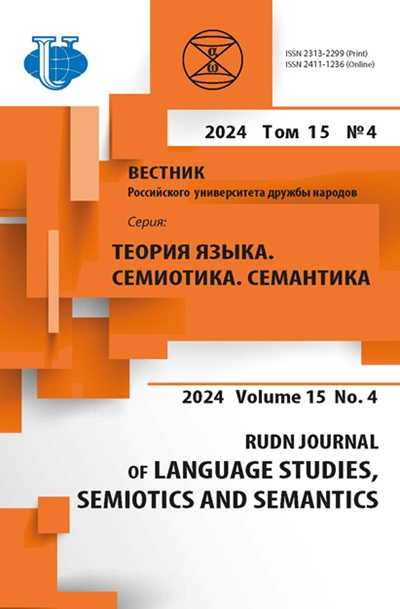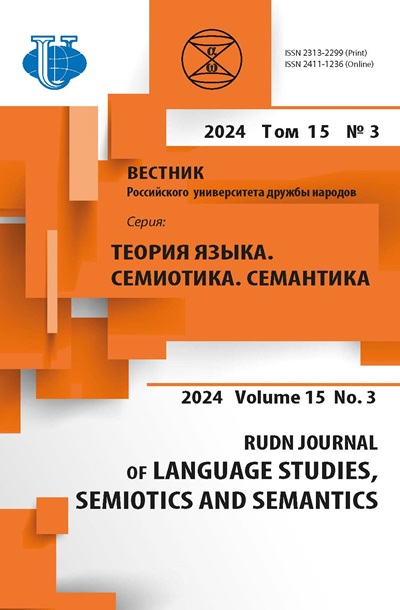Об авторах
Сохарский университет
Email: Hpathan@su.edu.om
ORCID iD: 0000-0003-3425-3594
Scopus Author ID: 57221613434
ResearcherId: AAV-7602-2020
PhD, профессор-исследователь факультета исследований языка
3111, Оман, аль-Батина, г. Сохар, ул. Аль-Джамиа
Университет образования
Email: Urooj.alvi@ue.edu.pk
ORCID iD: 0000-0002-8545-0136
PhD, доцент департамента английского языка факультета искусств и социальных наук
54000, Пакистан, Пенджаб, г. Лахор, Дата Гундж Букш Таун, ул. Рати Гун
Российский университет дружбы народов
Автор, ответственный за переписку.
Email: alexandrova-oi@rudn.ru
ORCID iD: 0000-0002-7246-4109
Scopus Author ID: 57200073938
ResearcherId: Q-7339-2016
кандидат филологических наук, доцент, доцент кафедры общего и русского языкознания филологического факультета
117198, Российская Федерация, г. Москва, ул. Миклухо-Маклая, д. 6
Университет Лидса в Лахоре
Email: nighatsultana41@gmail.com
ORCID iD: 0009-0009-2876-7282
преподаватель департамента английского языка
54000, Пакистан, Пенджаб, г. Лахор, Лидхер роуд, Камахан, Университетский квартал, д. 5














